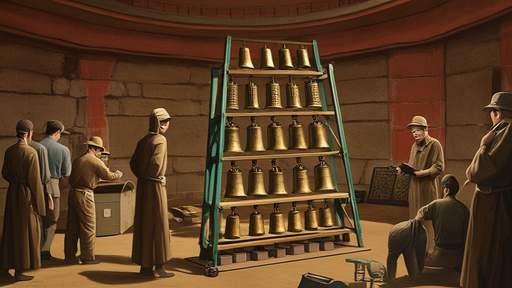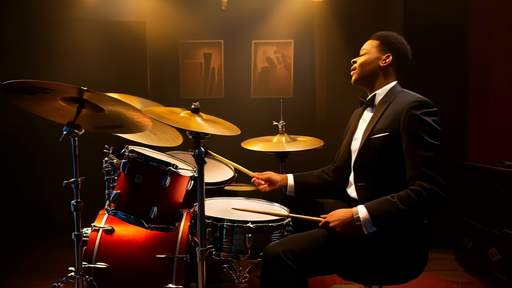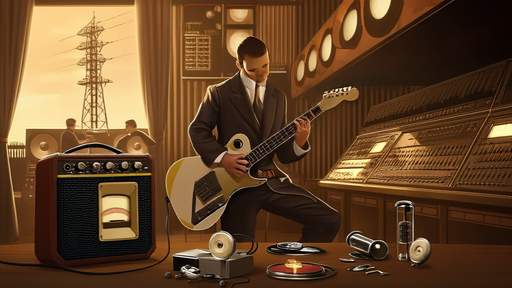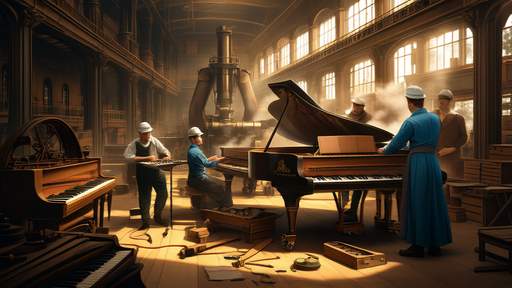The evolution of the drum set is a fascinating journey through cultural shifts, technological innovation, and artistic rebellion. What began as a functional necessity in military bands transformed into the rhythmic backbone of modern music, particularly in the explosive era of bebop. This assembly history reveals not just how drums were physically constructed, but how they became a language of rebellion and creativity.
In the early 19th century, military and marching bands laid the groundwork for what would become the drum set. Snare drums and bass drums were played by separate individuals, their rigid patterns designed for coordination rather than improvisation. When these ensembles moved indoors for theatrical and dance performances, space constraints forced percussionists to experiment. The breakthrough came when drummers realized they could operate multiple instruments simultaneously—a snare with one hand, a bass drum pedal with the foot, and later, cymbals and tom-toms. This was the birth of the "contraption" that would evolve into the modern kit.
The invention of the bass drum pedal in the late 1800s was as revolutionary as the electric guitar would later be. Suddenly, a single musician could produce layered rhythms previously requiring three players. Early jazz drummers like Warren "Baby" Dodds exploited this, adding woodblocks, cowbells, and Chinese tom-toms to create what he called "the chatter." Drum manufacturers took note, and by the 1920s, companies like Ludwig and Slingerland were offering "trap sets" (short for contraption)—adjustable assemblies that let drummers customize their setups. The drums themselves were still shallow and harsh-sounding by today's standards, built for projection in pre-amplification eras.
As jazz moved from collective improvisation to solo-driven styles in the swing era, drummers became timekeepers rather than just noisemakers. Gene Krupa's 1937 performance of "Sing, Sing, Sing" with Benny Goodman showcased the drum set as a solo instrument—his tom-tom fills and cymbal crashes were melodic statements. This theatricality demanded visual flair; chrome-plated shells and flashy hardware became staples. Meanwhile, technological advancements like tunable tom-toms and hydraulic cymbal stands allowed for greater dynamic control, essential for the softer ballads that balanced big band sets.
Bebop changed everything. In the smoke-filled clubs of 1940s Harlem, drummers like Kenny Clarke and Max Roach dismantled swing's strict four-four pulse. Clarke's "dropping bombs"—unpredictable bass drum accents—shifted timekeeping to the ride cymbal's shimmering pulse, while Roach treated the kit as a melodic instrument, his solos mimicking horn lines. This required faster response times; drummers tightened their setups, raising cymbals higher and tilting them for quicker stick rebound. The classic "bop kit" emerged: smaller bass drums (18-20 inches versus swing's 26-inch monsters), tuned higher for punchy articulation rather than room-shaking boom.
Hardware innovations kept pace with musical demands. The transition from calfskin to plastic heads in the 1950s provided consistent tuning across humidity levels—critical for bebop's precise articulation. Meanwhile, the adoption of nylon-tip sticks by Roach and others allowed for both delicate brushwork and machine-gun snare volleys. Perhaps most significantly, manufacturers began offering standardized mounting systems, letting drummers incorporate tom-toms at any angle. This modularity mirrored bebop's philosophy: take the pieces of tradition and reassemble them in startling new configurations.
By the mid-20th century, the drum set had completed its metamorphosis from military tool to artistic instrument. The assembly history reflects more than mechanical progress; it's a record of cultural negotiation. Each innovation—pedals, tunable heads, compact sizes—was a response to how musicians reimagined rhythm's role. Today's kits, with their infinite customization options, carry the DNA of those early contraptions and the rebellious spirit that turned them into jazz's engine room.

By /Jun 6, 2025

By /Jun 6, 2025

By /Jun 6, 2025

By /Jun 6, 2025

By /Jun 6, 2025

By /Jun 6, 2025

By /Jun 6, 2025

By /Jun 6, 2025

By /Jun 6, 2025

By /Jun 6, 2025

By /Jun 6, 2025

By /Jun 6, 2025

By /Jun 6, 2025

By /Jun 6, 2025

By /Jun 6, 2025

By /Jun 6, 2025

By /Jun 6, 2025

By /Jun 6, 2025

By /Jun 6, 2025

By /Jun 6, 2025